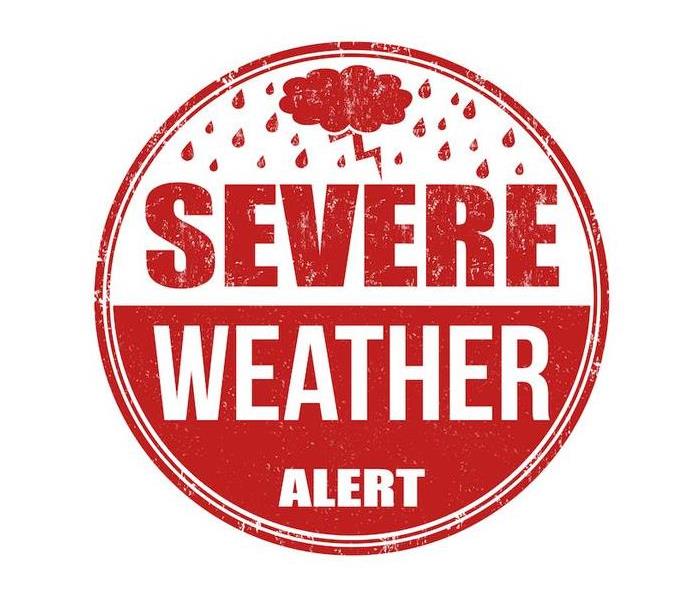Weather Alerts Could Save Your Life During a Disaster | SERVPRO® of Jackson/SE Ingham County
7/12/2022 (Permalink)
 If you suspect any damage to your home from a recent storm, call SERVPRO of Jackson/SE Ingham County.
If you suspect any damage to your home from a recent storm, call SERVPRO of Jackson/SE Ingham County.
Our national weather system uses at least 42 different kinds of weather alerts, split between seven categories depending on the type of event. This is too much information for the average person to comprehend in daily life, much less if they’re sheltering from a dangerous storm.
By knowing the meaning of warnings and advisories that could be issued, you’ll be able to make better decisions during extreme weather. In addition, you can take steps to keep your home protected from storms.
A good base of knowledge about severe weather is good to have, but more importantly, we should be aware of the risks that affect our area most frequently.
Most people aren’t aware of how alerts are issued. It begins with the weather forecast, a prediction about future weather patterns. However, multiple factors affect these forecasts, and a lot of data is gathered to measure the severity and characteristics of a storm.
The National Weather Service is our country’s primary organization for all forecasting and issuing potential warnings. Across our nation, there are six offices and hundreds of sub-offices that cover almost the entire landmass. Here in Michigan, we’re covered by the Central Region headquarters, which watches most of the northern USA.
The NWS employs multiple types of personnel to observe and analyze geographical, wind patterns and many other kinds of data. The types of instruments used to collect data will vary based on the kind of weather event, but they always focus on providing accurate forecasts for all Americans.
The first thing that everyone should know about severe weather is the meaning of a “watch” and a “warning.” These words are frequently used in all kinds of storms, some being tornadoes, flooding and thunderstorms.
A watch will cover large regions, like multiple counties or even states. These alerts are indicating that storms are moving your way, and could become dangerous in the coming hours.
A warning is typically only used to cover singular cities or counties, although hurricanes can bring warnings for entire coastlines. These are signs that danger is coming very soon, and you should take steps to be prepared for disaster.
You should be aware of the weather that we see here frequently, as this will allow you to prepare for the most common disasters. In Michigan, East Lansing specifically, we see more than 60 inches of snowfall and only have about 170 sunny days per year, so we see storms almost every other day.
Besides knowing your emergency alerts, you can make efforts to prepare your home and mitigate potential damage to your property from weather events.
Clearing your gutters and securing your outdoor furniture is a great place to start. Outdoor furniture is often lifted up by powerful winds and then thrown into the home’s walls, roof or windows.
When the storm is gone, you should take plenty of photos or videos of the damage that your home has suffered. Afterward, give us at SERVPRO of East Lansing/Haslett a call. We’re always ready to jump into action and help you get back on your feet.
Learn the weather most common in your area, and pay attention to weather alerts so you can be prepared for the dangers ahead.
Experienced storm damage to your home or property? Contact us today for a quick response!


 24/7 Emergency Service
24/7 Emergency Service